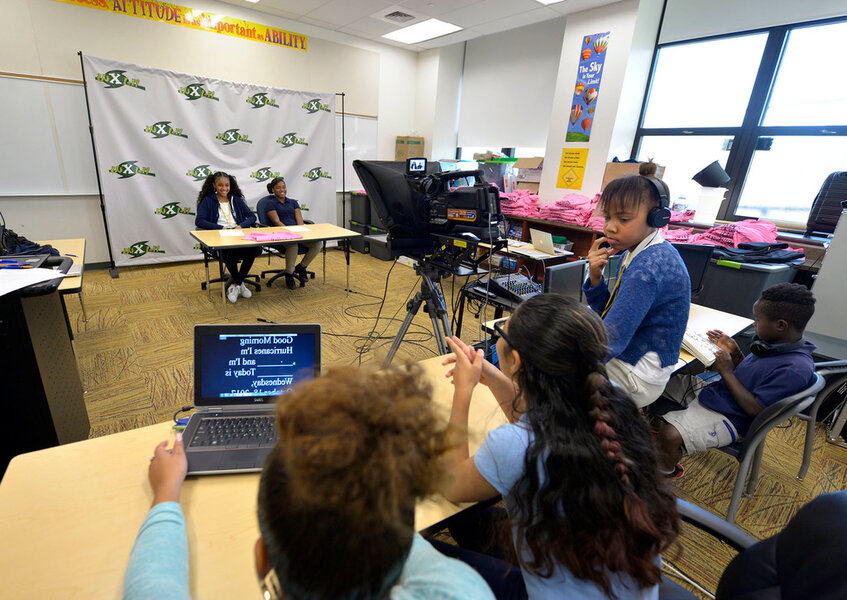Thanksgiving’s ties to safety and comfort
Loading...
When President Abraham Lincoln issued a proclamation that set the last Thursday in November as a national “day of Thanksgiving,” he did so at the height of the Civil War. He asked Americans to entrust to God’s “tender care” all those who had suffered from the war’s violence. In the decades since, that spirit of care and giving has endured in the holiday season. Witness the many who will volunteer in soup kitchens this Nov. 23.
But does the kind of giving expressed during the Thanksgiving season still have any connection to curbing violence in the United States?
Yes, according to a new research study led by New York University sociologist Patrick Sharkey. He and his team found one reason for an astonishing drop in violent crime in the US over the past quarter century. It was the role played by local nonprofit organizations – and their generous donors.
Private philanthropy, Dr. Sharkey says, took on the work of fortifying urban neighborhoods from within by building trust and social cohesion. Donations helped such nonprofits as the Harlem Children’s Zone in Manhattan, Youth Guidance in Chicago, and the Dudley Street Neighborhood Initiative in Boston. They built affordable housing and community gardens, turned empty lots into parks, or offered guidance to jobless youth.
The study looked at data from 264 American cities spanning more than 20 years. It concluded that with every 10 additional nonprofits focusing on crime and community life in a city with 100,000 residents, the murder rate went down 9 percent. Overall, violent crime fell 6 percent because of their work.
Many other factors, such as better policing and demographic changes, contributed to the drop in violence and a revival of cities. But few scholars have noted the role of nonprofits, including those focused on the arts, humanities, or environmental protection in cities. A related study in 2012 by the National Conference on Citizenship found that states with a higher density of nonprofits had lower unemployment rates and better economic resiliency.
The US saw a rapid rise in the number of nonprofits from 1990 to 2013. Those that focused on neighborhood development grew from 5.50 per 100,000 residents to 22.51 per 100,000 residents. Those providing recreational and social activities for youth grew from 4.72 per 100,000 residents to 18.72 per 100,000 residents. Of major cities, Boston added the most nonprofits per population, perhaps accounting for its admired success in cutting gang-related killings in the 1990s.
The point about individual giving to nonprofits should now be clear. It can bring safety and comfort to a community in the throes of upheaval. That was the spirit of Lincoln’s Thanksgiving proclamation in 1863. And it can again be the spirit of Thanksgiving 2017.







